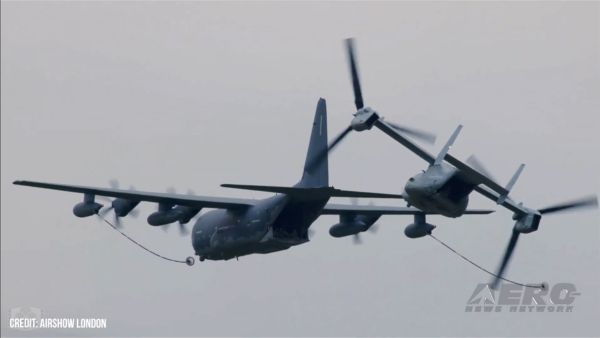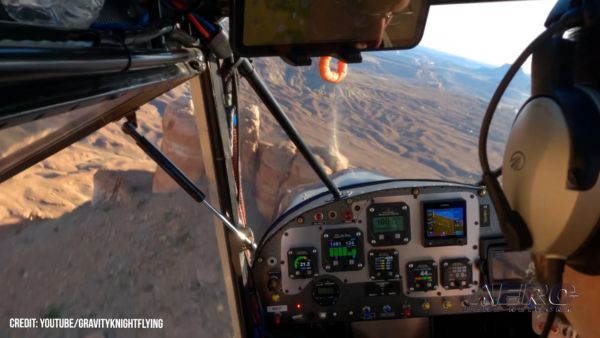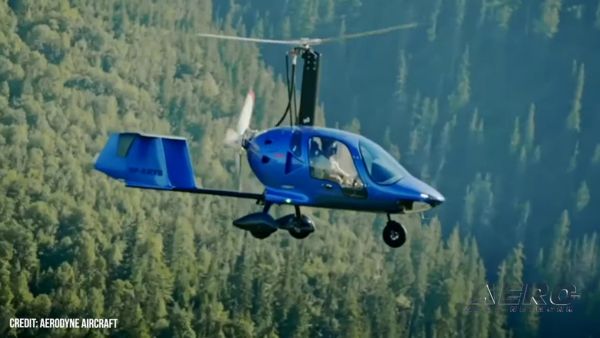Canadian Carrier Says Its Pilot Bears No Blame... FAA
Disagrees
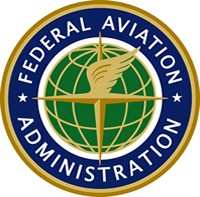 The Federal Aviation
Administration and WestJet Airlines, Ltd. are in disagreement over
the most recent runway incursion at Los Angeles International
Airport.
The Federal Aviation
Administration and WestJet Airlines, Ltd. are in disagreement over
the most recent runway incursion at Los Angeles International
Airport.
As ANN reported, on August
16, WestJet (WJA) 900, a Boeing 737, and Northwest Airlines (NWA)
Flight 180, an Airbus A320, almost collided at LAX, according to
the FAA. The two jets came within 37 feet of each other.
The crux of the disagreement lies in the question of the degree
of fault to be placed on the WestJet pilot. In its Preliminary
Report issued this week on the incident, the National
Transportation Safety Board claims the WestJet pilot changed from
tower to ground frequency too soon.
"WJA900 landed on runway 24R and exited at taxiway Y then
changed to ground control frequency without authorization while the
airplane was holding between the parallel runways. The tower
controller cleared NWA180 for takeoff from runway 24L. Meanwhile,
the pilot of WJA900 contracted ground control... and the ground
controller assumed that the tower controller had instructed the
flight to cross runway 24L and responded, "WJA900, Los Angeles
tower, taxi [via taxiway] echo to the gate."
"Ten seconds later, the pilot of WJA900 confirmed that the
flight was cleared to cross runway 24L. The ground controller asked
who called and the pilot again asked whether or not they were
cleared to cross the runway. The ground controller then realized
that WJA900 had not been instructed to cross runway 24L and told
WJA900 to stop. According to the FAA and WJA, the airplane crossed
the hold short line but did not enter the runway. According to the
FAA, the two aircraft missed colliding by 37 feet (wingtip of A320
to the nose of the B737) as NWA180 departed runway 24L."
An FAA official said the pilot in question did not technically
violate a regulation; but he did break standard procedure,
according to the CanWest News Service.
"It is our position that the actions of the WestJet pilot
contributed to the incident by creating confusion in the air
traffic controller's mind," said FAA spokesperson Ian Gregor.
WestJet vice-president of culture and communications Richard
Bartrem counters, "there was not any pilot error on behalf of
WestJet. We didn't receive authorization, but it's not required."
Bartrem added such clearance is "mandatory" in Canada.

"We have a policy at LAX that you don't switch frequencies
without being instructed to," said Gregor. "But we couldn't find a
specific federal aviation regulation to that effect."
Gregor also acknowledged the controller made a false assumption
and shared some of the blame.
As a result of the incident, WestJet issued an update to the
flight plans of all their pilots indicating they are now required
to wait for that authorization, reported CanWest.
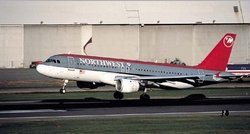 "We have a policy at
LAX that you don't switch frequencies without being instructed to,"
said Gregor. "But we couldn't find a specific federal aviation
regulation to that effect."
"We have a policy at
LAX that you don't switch frequencies without being instructed to,"
said Gregor. "But we couldn't find a specific federal aviation
regulation to that effect."
WestJet is going to lobby the FAA and Transport Canada to
establish a consistent set of procedures, said Bartrem, and the
carrier has informed its pilots they are now required to wait for
that authorization.
"There's an inconsistent application in the US as to when that
handshake, if you will, takes place," he said.
The pilot will come out on top of this ordeal, however. Since he
can't be held responsible, the official conclusion will likely be
controller error. That particular controller has been suspended
pending the outcome of the investigation while the pilot is still
flying, Gregor said.
 Airborne-Flight Training 05.09.24: ERAU at AIAA, LIFT Diamond Buy, Epic A&P
Airborne-Flight Training 05.09.24: ERAU at AIAA, LIFT Diamond Buy, Epic A&P ANN's Daily Aero-Term (05.07.24): Hazardous Weather Information
ANN's Daily Aero-Term (05.07.24): Hazardous Weather Information Aero-News: Quote of the Day (05.07.24)
Aero-News: Quote of the Day (05.07.24) NTSB Final Report: Cessna 150
NTSB Final Report: Cessna 150 Aero-News: Quote of the Day (05.08.24)
Aero-News: Quote of the Day (05.08.24)



